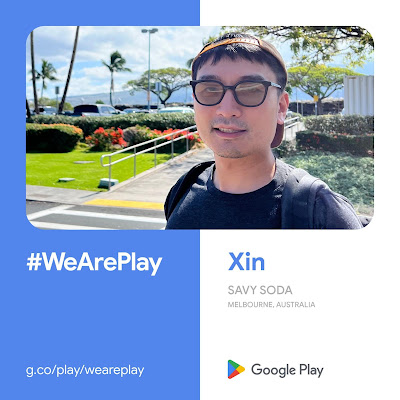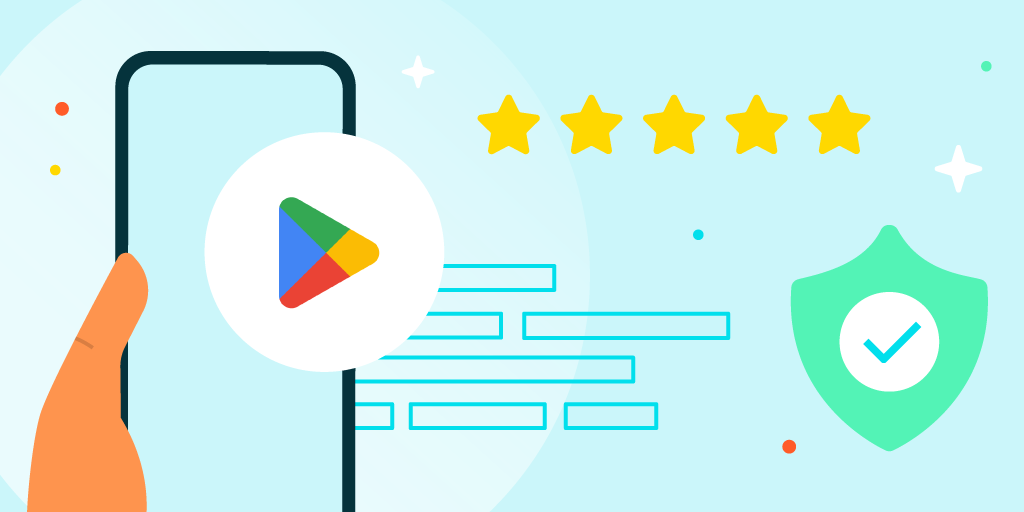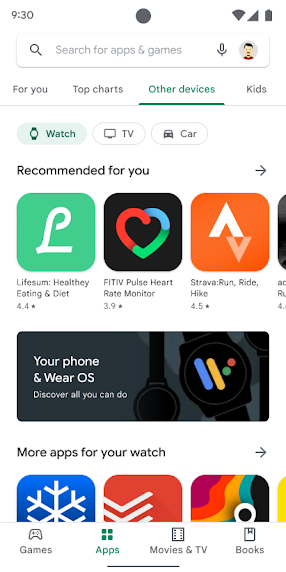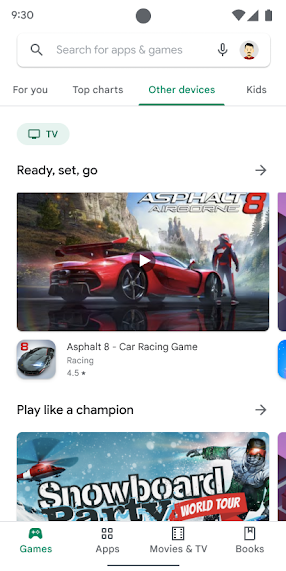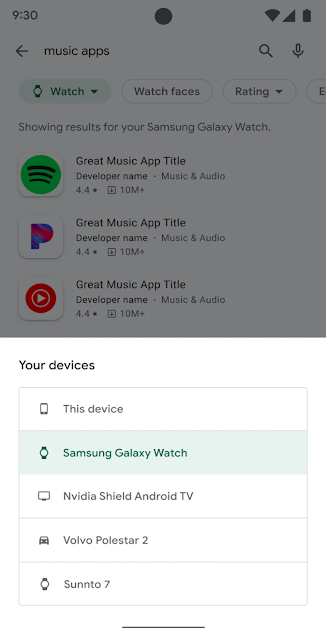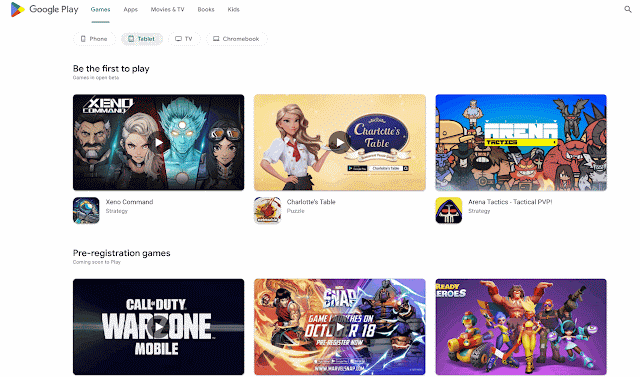Posted by Aditya Swamy, Director, Google Play Partnerships I sat down for a “virtual coffee” with Haemin Yim, founder and CEO of Creatrip, from Korea to discuss starting on the web, setting up the company for global reach, and tips for startups looking to grow.
I sat down for a “virtual coffee” with Haemin Yim, founder and CEO of Creatrip, from Korea to discuss starting on the web, setting up the company for global reach, and tips for startups looking to grow.
 |
Expanding the app's value proposition to address challenges
Despite having a great idea for an app, Haemin shared with me that it hasn’t always been smooth sailing. After gaining significant brand awareness and with increasing travel bookings across the app, the pandemic sent the travel industry into disarray. As with many businesses, this had significant implications for Creatrip. However, Haemin and the team used their strong understanding of the people using their app to quickly expand their offering.
With the knowledge that people often wanted to visit South Korea because of their interest in K-trends and culture; Haemin adapted the business to provide K-products to those who were unfortunately unable to travel during that period. This led Haemin to grow the business beyond just a travel app and into a global e-commerce platform.
Creating new content to fuel app growth
Creatrip started as an app that provided travel content. It quickly expanded to provide people with in-app booking features, local currency exchange rates that weren’t previously digitized, and even a global e-commerce platform providing access to popular ‘K-items’. However, content is the key element that draws users into the app.
My top advice for businesses looking to continue to evolve their content is to expand their content creator pipeline. For example, by encouraging South Korean locals to contribute, Creatrip could gain a richer and more diverse range of content, showcasing Korea through the eyes of many different people. Haemin and the team are already in the process of building a new feature that allows people to create their own content on the app.
Think about short form video apps. By allowing people to become their own content creators, it enables them to have a much wider repository of content and encourages users to spend more time on the app. Now more people want to be creators and make their own content as seen on YouTube. This is fueling growth in watchtime, and adding more users.
 |
Going global from the start
Something I found particularly interesting from my chat with Haemin, was how she prepared the business for global reach from the start. Haemin believes that despite requiring a bit more time and effort, preparing for global reach from the beginning can actually allow for exponential growth, as you start to target the right markets and reach a global fan base. It is wonderful to see how Haemin brings her passion for all things Korean, to people all around the world. The team’s first step towards going global was by listening to and understanding the needs of the people already using Creatrip.
The team at Creatrip have definitely brought a lot of unique ideas to the app. With 90% of their users having started on the website, the team had an ingenious idea to bring people over to mobile. They listened to their global users and saw that people were keen to find out the currency exchange rates being provided at local stores in Seoul. They created a mobile-only feature that shows local currency rates from local stores. This required the team to actually go to the stores twice a day, however it led to a large increase in people using the mobile app - all by providing information that was previously unavailable to people from outside of Seoul.
Planning for the future
It’s amazing to see how much Creatrip is flourishing; the app has grown from 100k monthly users up to 1.5 million. There are many factors that helped Creatrip grow over the past few years, but some notable takeaways from my chat with Haemin include:
- Taking the time to understand the people using their apps and their needs
- Launching app only features to drive people from web to the app
- Using content as a means to get new users and increase engagement
As a final thought I couldn't let Haemin go without asking her favorite K trends. She mentioned that fusion fine dining was a top trend in Korea, NewJeans were a trending K-pop band, and South Korean blankets were a top K-product.
Do you have any questions for Creatrip? What are your own tips for other app or game businesses? Let us know on Twitter.
 |

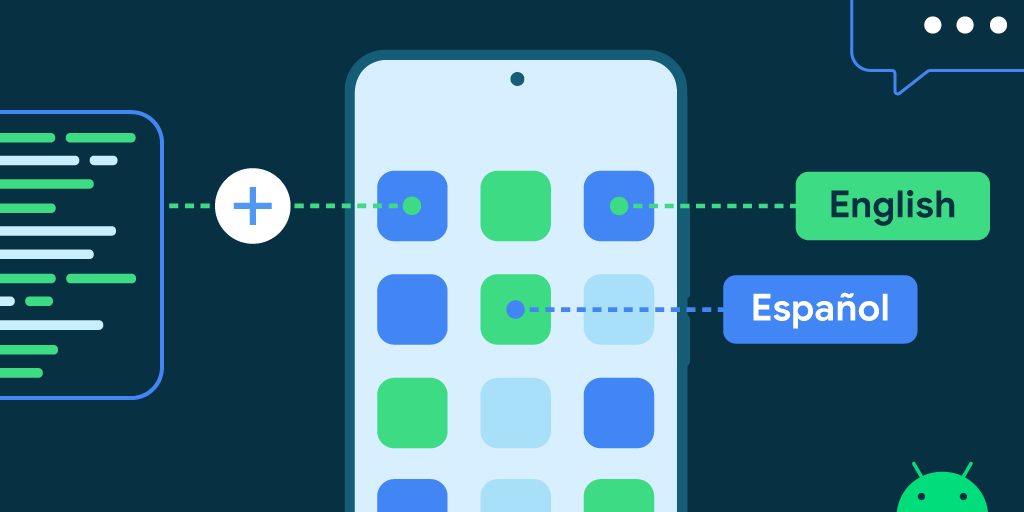


![A cellphone screen demonstrating finding the language settings from system settings by selecting Settings → System → Languages & Input → App Languages → [Select the desired App] → [Select the desired Language]](https://blogger.googleusercontent.com/img/b/R29vZ2xl/AVvXsEigMMkDrk24GFhwQYTFL3SOe7BtcvUXhnudcyYkJE4um0woEr2aRZ78LqcP8_UaqoSJliwQmoBllEw44RwSYuPTaG372Oyorri8Q_qkaapDOrzkU6nR_kWh9pQTx6Jj6Tqmjb4VwqiPtn43bZsOoAQyQ1RZ9kLnhbEScICv-ApjTaPNS7Gd3L4HxJZu/s1600/image1.gif)





